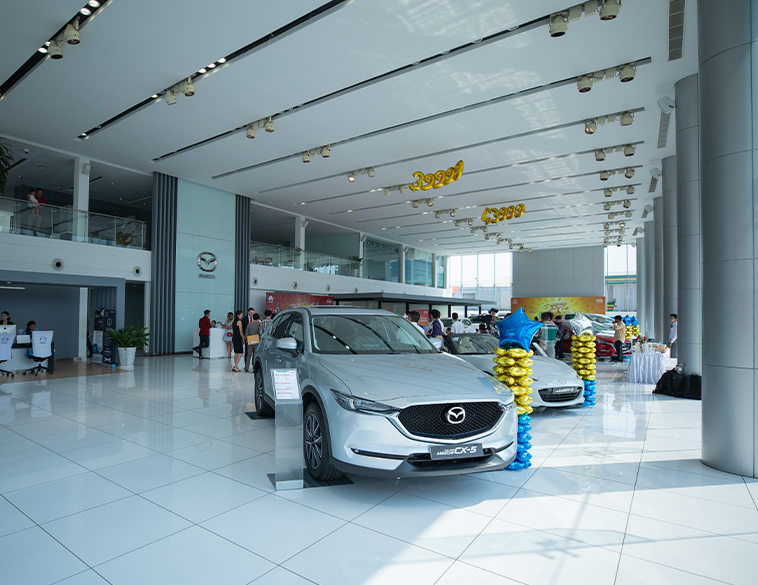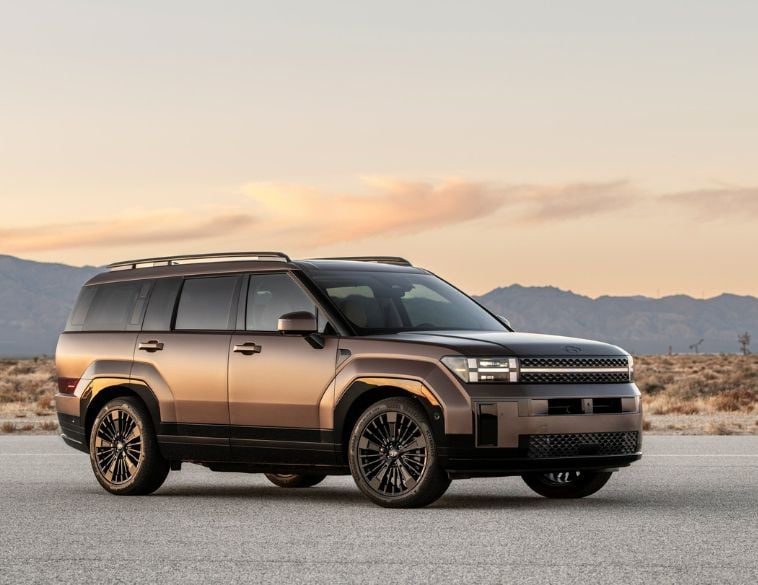The convergence between in-store and online retailing is expected to become even more prevalent post-pandemic.
Since the onset of the COVID-19 pandemic last March, the automotive retailing sector has faced a number of challenges.
Firstly, there was the implementation of mandatory stay-at-home orders by provinces, forcing dealership showrooms to close.
Secondly, while automotive retailers were declared essential businesses and allowed to remain open during this period, the way in which both sales and service were conducted radically changed.
Significant acceleration
According to Oumar Dicko, Chief Economist at the Canadian Automobile Dealers Association (CADA), the pandemic saw a significant acceleration in online engagement, building on a trend that was already underway by both OEMs and retailers to improve the online vehicle buying experience.
So with that in mind, how are things likely to evolve from here?
“We saw dealerships rapidly adapting and shifting to online sales [during the pandemic]” says Dicko.
“This trend is here to stay and will continue post-COVID-19.”
Yet Dicko also acknowledged that while online sales are now an integral part of the vehicle purchasing experience, the visceral nature of automobiles and automobile purchases means that the physical aspect of sampling the vehicle, touching it, sitting in it and driving it still have a very important part to play in the overall retail process.
“We will continue to see that in the future in addition to the online experience,” says Dicko.
While the pandemic and the shift to online sales significantly altered the customer’s perception and approach to interacting with dealers when it comes to vehicle purchases, there have also been impacts on staffing and training related to salespeople.
With fewer in-store visits over the last 18-months, many dealers have reduced staff headcount, or placed more staff working remotely and engaging with leads and customers online.
More sales, more staff
Dicko notes that while fewer visits and fewer sales have in many cases required less staff, as the industry eases out of the pandemic and vehicle volumes are expected to recover, employment at dealerships is expected to increase again as well, though it is likely that previous roles will evolve or be augmented by new requirements and skill sets as a result of different customer expectations.
These could include an even greater emphasis on soft skills, as well as tools designed to boost online user engagement with the dealership via virtual showrooms, Q&A consultations and in-store chat functions.
There’s also the question of what the physical dealership will look like post-pandemic.
Over the last two decades, we’ve seen a trend toward larger and more elaborate facilities, with expansive showrooms and service areas, greater amenities—ranging from café facilities to comfortable lounge areas and even fully-fledged onsite restaurants.
There’s also been a greater involvement of OEMs through factory image programs as they seek more of a corporate and consistent look, feel and presentation among their franchisees.
Greater incentive
Yet will such large-scale investments in brick and mortar facilities be needed in the future, especially if more people choose to either purchase online or conduct more of the overall sales process virtually?
If that is the case and land values and labour costs continue to rise significantly, there will likely be a greater incentive toward smaller showrooms.
Ultimately, whatever happens, we can be sure of one thing: Dealers have shown remarkable resilience in the face of dramatic and fast-moving changes over the years—a trend that’s very much likely to continue.
“Dealers will make the necessary adjustment to offer the best products to customers,” says Omar Dicko, and they will continue to do this “in-store or online as both consumer preferences and the retail environment evolve.”



